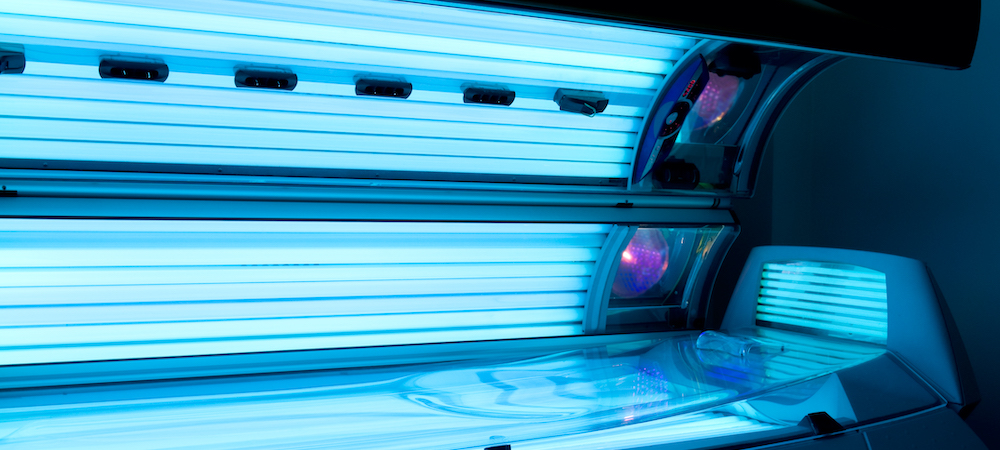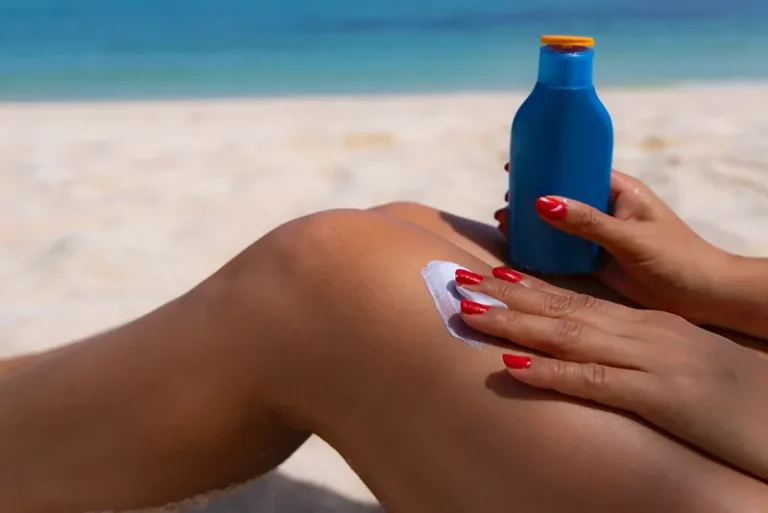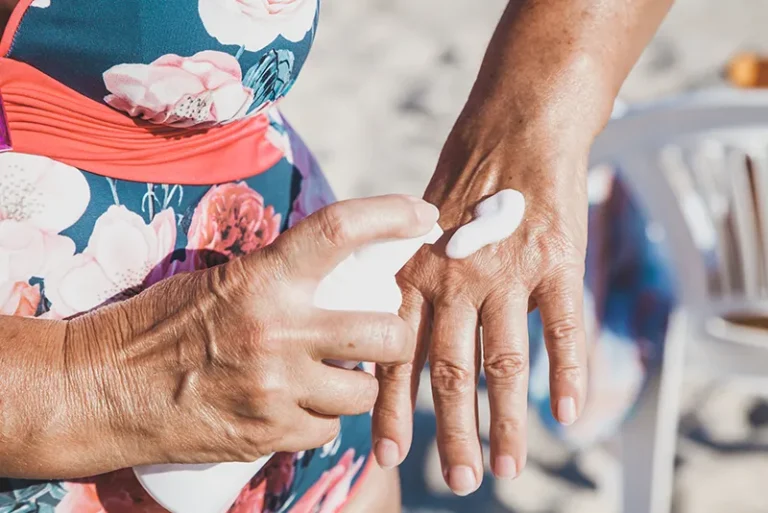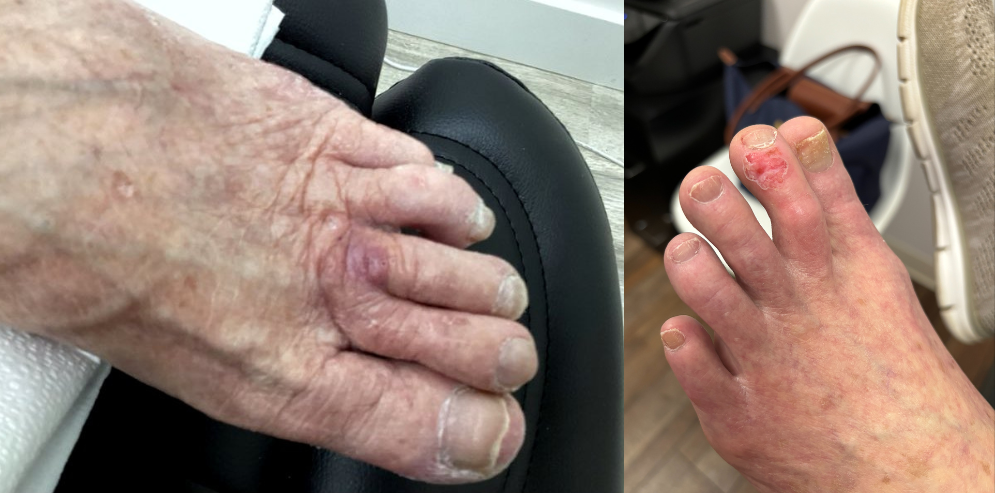
Can you get skin cancer from tanning beds? Yes; in fact, tanning beds and skin cancer are more closely linked than cigarettes and lung cancer. When it comes to tanning beds and skin cancer, statistics show that there is no such thing as a safe indoor tan. In fact, any tan at all is a sign of skin damage that accelerates aging and leads to an increased risk of cancer.
Skin Cancer Risk Factors and Tanning Beds: UVA or UVB?
Tanning beds and sun exposure are, by far, the most common causes of skin cancer. This is because both produce UV light—but there are different kinds of UV light, and it’s important to understand what sets them apart.
Sunlight includes both UVA and UVB rays, but what type of UV light is used in tanning beds? Although tanning beds primarily generate UVA light—which was once thought to be safer—neither UVA or UVB light is capable of producing a safe or risk-free tan
It was once common to hear that indoor tanning was actually safer than outdoor tanning, but tanning bed and cancer statistics show that this isn’t actually the case. Here’s why:
- UVB rays are generally stronger and more likely to burn the skin, but they are also partially blocked by the ozone layer (as well by windows).
- UVA rays vary in intensity. Although they tend to be weaker than UVB rays, they are also much more common, and they can penetrate the skin more deeply.
- UVA rays are not blocked by windows or cloud cover, so if you’re visiting any tanning beds, you’re simply adding to an already high level of exposure.
While most sunscreens now protect against UVA and UVB rays, certain brands may not offer “broad-spectrum” UVA protection. Use sunscreen daily, and read the label carefully to ensure that you stay safe.
Tanning Beds & Skin Cancer: Statistics
Outcomes vary depending on the type of skin cancer that a patient develops. Many cases of skin cancer will be the result of multiple factors, but exposure to sunlight is almost always involved:
- Roughly 90% of common skin cancers have been found to result from excessive sun exposure.
- Another study determined that up to 86% of melanoma skin cancers are the result of solar UV radiation.
Sun exposure is an important factor in almost every skin cancer diagnosis, but that’s partly because sun exposure is much more constant than tanning bed exposure. Tanning beds are hardly a safer alternative, as evidenced by the following statistics:
- Rates of UV exposure in tanning beds are up to 10 to 15 times higher than the sun at its peak intensity.
- One recent study looked at 63 women who were diagnosed with melanoma before the age of 30. 97% of these women had used tanning beds, and this correlation is simply too high to be ignored.
- Other studies have shown that those with a history of indoor tanning are 40–69% more likely to develop basal cell skin cancer.
- The risk of developing squamous cell skin cancer increases by up to 89% for patients with a history of indoor tanning.
So, can tanning beds cause skin cancer? All types of UV radiation—including the UVA rays used in tanning beds—are capable of increasing one’s risk for skin cancer. If these tanning bed and cancer statistics haven’t convinced you to stay away, consider that there are better ways to look and feel your best:
- Aerobics and frequent exercise are better ways to give your skin a healthy glow.
- Plus, since UVA rays are closely linked with aging, avoiding the tanning salon can help you enjoy younger-looking skin for a longer time.
Ask Your Doctor if Image-Guided SRT is Right for You
Although not all skin cancers can be treated with Image-Guided SRT, radiotherapy is a safe and surgery-free treatment for many common forms of skin cancer. If you’ve recently received a diagnosis, talk to your doctor to find a treatment that will meet your needs.








